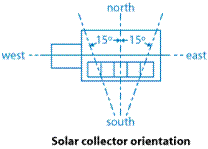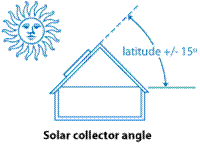Gas-fired pool heaters remain the most popular system for heating swimming pools. Today you can find new gas-fired heater models with much higher efficiencies than older models. Still, depending on your climate and pool use, they may not be the most energy-efficient option when compared to heat pump and solar pool heaters.
Gas pool heaters use either natural gas or propane. They’re most efficient when heating pools for short periods of time, and they’re ideal for quickly heating pools. Therefore, gas pool heaters can be a good choice for pools that aren’t used on a regular basis. As the pump circulates the pool’s water, the water drawn from the pool passes through a filter and then to the heater. The gas burns in the heater’s combustion chamber, generating heat that transfers to the water that’s returned to the pool.
Unlike heat pump and solar pool heaters, gas pool heaters can maintain any desired temperature regardless of the weather or climate.
How to SELECT A GAS POOL HEATER
When selecting a gas swimming pool heater, you need to consider the following:
- Size
- Efficiency
- Costs.
SIZING A GAS POOL HEATER
A gas pool heater is sized according to the surface area of the pool and the difference between the pool and the average air temperatures. Wind exposure, humidity levels, and cool night temperatures are other factors that affect the heating load for outdoor pools. Pools located in areas with higher average wind speeds at the pool surface, lower humidity, and cool nights will require a larger heater. Consider using a trained pool professional perform a proper sizing analysis for your specific swimming pool to determine pool heater size.
Gas pool heaters are rated by Btu (British thermal unit) output. Outputs range from 75,000 Btu to 450,000 Btu. To determine an approximate heater size for an outdoor swimming pool you should begin by deciding your desired temperature of the pool. The difference between the average temperature of the coldest month and the desired temperature will establish the temperature rise needed. The pool area times the temperature rise times twelve is the Btu per hour required to heat the pool. This formula is based on 1º to 1-1/4ºF temperature rise per hour and a 3-1/2 mile per hour average wind at the pool surface. For a 1-1/2ºF rise multiply by 1.5. For a 2ºF rise multiply by 2.0.

